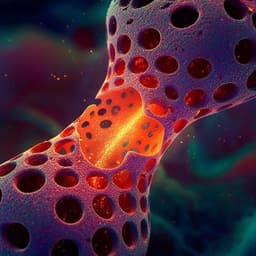
Psychology
Dynamic and selective engrams emerge with memory consolidation
D. F. Tomé, Y. Zhang, et al.
Discover how memory engrams evolve from unselective to selective through computational and experimental methods! This groundbreaking research by Douglas Feitosa Tomé and colleagues reveals the vital role of inhibitory synaptic plasticity in the dynamic landscape of memory formation and recall. Don't miss out on these insights into the complexities of memory consolidation!
Playback language: English
Related Publications
Explore these studies to deepen your understanding of the subject.







